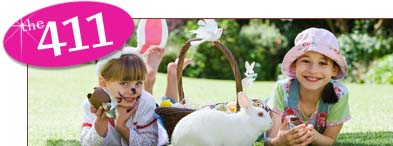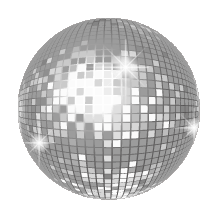Easter Traditions & Symbols

The Easter Holiday
Long before Easter became the holiday it is today, the spring festival was celebrated by the people around the world. Although associated with the sun and the Vernal Equinox, the celebration was originally based on the lunar calendar.
As Christianity grew and spread throughout the world, people began to adopt, modify, or take over existing non-Christian festivals and turn them into the Christian celebrations. The Romans used this method of cultural absorption for centuries as a way of expanding the Empire. Given the fact that Christianity had its roots in Roman ways, it is not surprising that the same technique was used to spread belief in Christ.
It seems probable that around the second century A.D., Christian missionaries seeking to convert the tribes of northern Europe noticed that the Christian holiday commemorating the resurrection of Jesus roughly coincided with the Teutonic springtime celebrations, which emphasized the triumph of life over death. Christian Easter gradually absorbed the traditional symbols.
The Easter Bunny
Of all the symbols of Easter, none is more common than the Easter Bunny. The first documented use of the bunny as a symbol of Easter appears in Germany in the 1500s; although the actual matching of the holiday and the hare was probably a much earlier folk tradition. In Germany tales were told of an "Easter hare" who laid eggs for children to find. German immigrants to America -- particularly Pennsylvania -- brought the tradition with them and spread it to a wider public. They also baked cakes for Easter in the shape of hares, and may have pioneered the practice of making chocolate bunnies and eggs.
Not surprisingly, it was also the Germans who made the first edible Easter Bunnies in the Easter Eggs. In Medieval Europe, eggs were forbidden during Lent. Eggs laid during that time were often boiled or otherwise preserved. Eggs were thus a mainstay of Easter meals, and a prized Easter gift for children and servants. In addition, eggs have been viewed as symbols of new life and fertility through the ages. It is believed that for this reason many ancient cultures used eggs during their spring festivals.
The coloring of eggs is a established art, and eggs are often dyed, painted, and otherwise decorated. Eggs were also used in various holiday games: parents would hide eggs for children to find, and children would roll eggs down hills. These practices live on in Easter egg hunts and egg rolls. The most famous egg roll takes place on the White House lawn every year.
In the Ukraine Easter egg decorating has become an art form, Pysanky. Eggs are created by carefully applying wax in patterns to an egg. The egg is then dyed, the wax is reapplied in spots to preserve that color, and the egg is boiled again in other shades. (I would never do this much work but the results are amazing.) Can your Easter eggs match these?
Easter Cards




